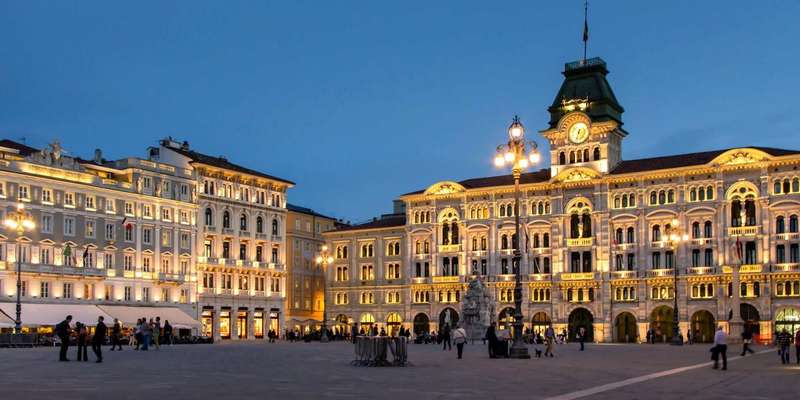- Home
- Useful Tips
- Where to buy authentic local...
Finding authentic local crafts in Trieste can feel like searching for hidden treasure. With mass-produced souvenirs dominating tourist shops, 72% of travelers report dissatisfaction with generic purchases (UNWTO 2023). The frustration isn't just about wasted money – it's missing the chance to take home meaningful pieces reflecting Trieste's unique Austro-Italian heritage. Visitors often wander the old town's labyrinthine streets unsure which workshops offer genuine craftsmanship versus marked-up imports. This disconnect leaves both travelers and local artisans disadvantaged, as authentic makers lack visibility while cultural seekers settle for impersonal trinkets. The right shopping experience should connect you with Trieste's living traditions, from Murano glass cross-pollinated with Slovenian designs to handmade leather goods echoing the city's maritime history.


Navigating Trieste's craft scene – separating tourist traps from authentic workshops
Trieste's dual cultural identity creates a craft landscape unlike anywhere else in Italy, but also makes identifying genuine local work challenging. Start by observing materials – authentic Istrian stone carvings will feel substantial, while knockoffs use lightweight resins. For embroidery, look for the intricate punto smock patterns unique to nearby Gorizia. The best artisans often occupy unassuming storefronts in the Cavana district rather than flashy boutiques along Piazza Unità. Don't hesitate to ask about creation processes; true craftspeople light up when explaining their Slovenian-inspired lace techniques or how they source reclaimed oak for nautical-themed woodwork. Many workshops display certificates from the Camera di Commercio confirming local production. Time your visit for weekday mornings when owners have more availability to share stories behind their crafts.
The hidden courtyard where Trieste's artisans gather
Tucked behind Via San Nicolò lies Cortile del Mago, a 15th-century courtyard that transforms into Trieste's most authentic craft collective every Friday. This isn't a polished market for tourists, but rather where locals buy hand-painted ceramics mimicking Miramare Castle's botanical motifs and Carnian wool scarves dyed with Adriatic seaweed. The atmosphere feels more like visiting artists' studios than shopping, with glassblowers demonstrating furnace work and bookbinders crafting leather journals using Habsburg-era methods. Arrive before 11am to watch artisans set up their stalls – you'll often get first pick of one-of-kind pieces before the midday cruise ship crowds descend. While prices are fair, bring cash as many elderly craftspeople don't accept cards for these small-scale transactions.
From antique maps to naval instruments – specialized shops preserving tradition
For truly unique souvenirs reflecting Trieste's maritime soul, seek out family-run botteghe maintaining century-old specialties. Libreria Antiquaria Umberto Saba stocks antique nautical charts perfect for history buffs, while Antichità al Teatro sells restored ship barometers converted into stunning wall art. Near the Roman Theater, La Bottega del Legno crafts model ships using the same techniques as 19th-century naval carpenters. These shops don't advertise heavily, but their wares tell deeper stories than typical souvenirs. For wearable heritage, Sartoria Samassa tailors linen shirts with collar designs adapted from 1920s Triestine sailors. Remember that these specialized items often require extra packing care – most workshops will provide protective wrapping and shipping advice for fragile purchases.
When to splurge – identifying investment-worthy heirloom pieces
Certain Trieste crafts justify higher price tags by blending artistry with unmatched durability. A hand-forged kozolec wine rack from a Karst blacksmith might cost €200 but will last generations, while machine-made alternatives warp within years. Similarly, authentic filigree jewelry from goldsmiths like Atelier Xilo incorporates distinctive Byzantine-Slavic motifs unseen elsewhere in Italy. For textile lovers, a custom-made biska (traditional Istrian cape) from Laboratorio Tessile di Sistiana represents both cultural preservation and practical warmth. These purchases often come with artisan contact information for future repairs or commissions, transforming your souvenir into an ongoing connection with Trieste. Before committing, ask about materials sourcing – true masters proudly detail their use of local limestone for sculptures or wild-foraged dyes for silk scarves.



